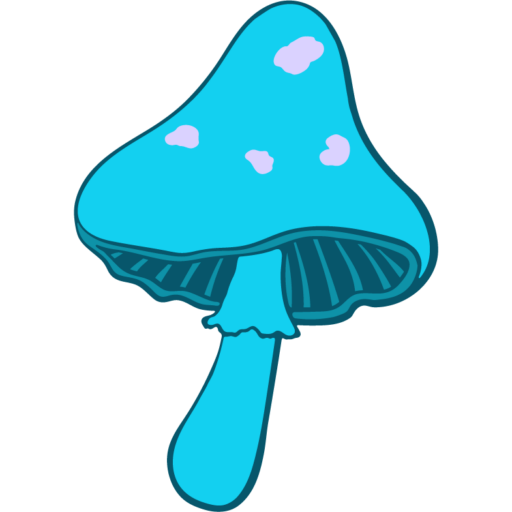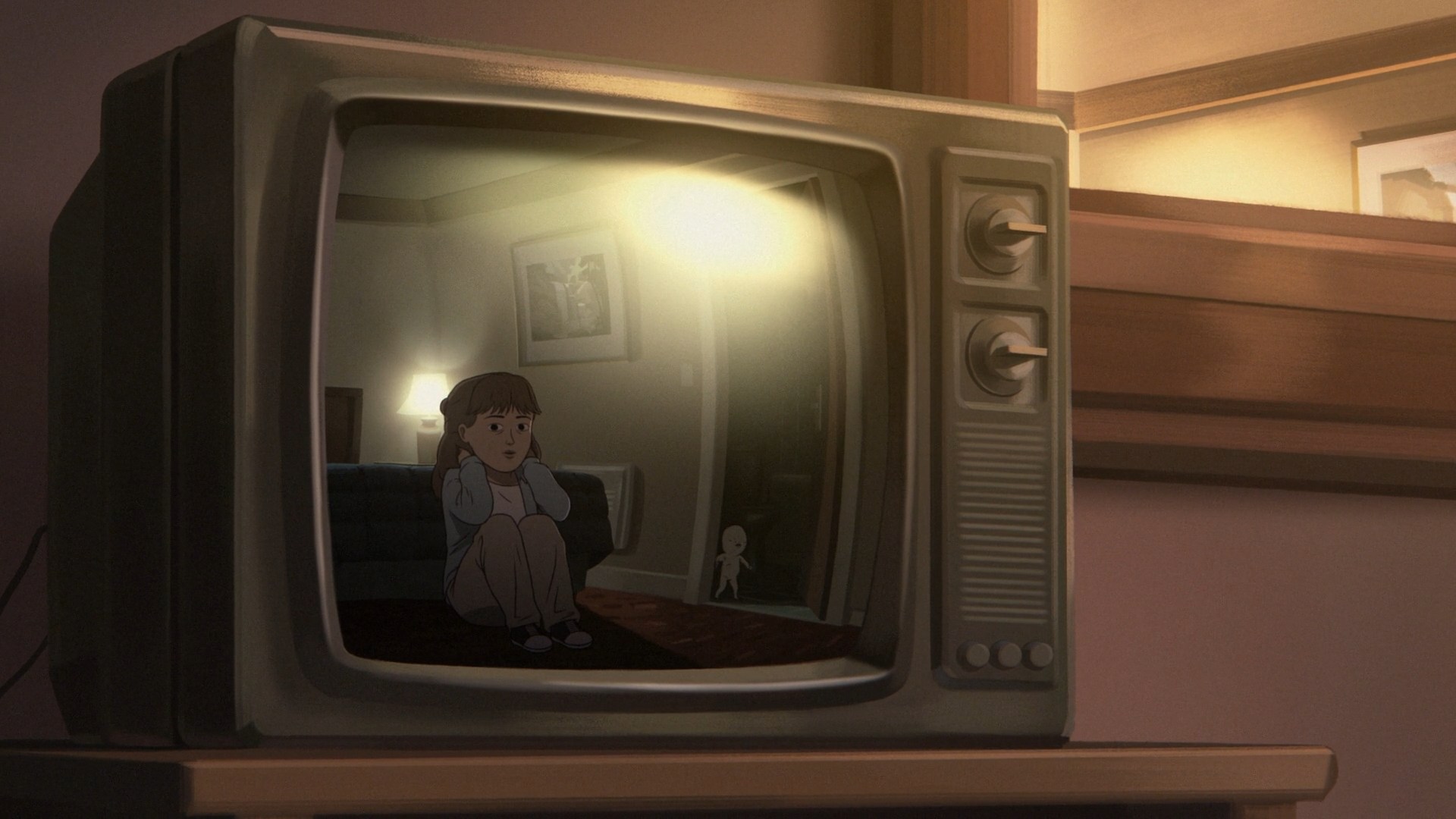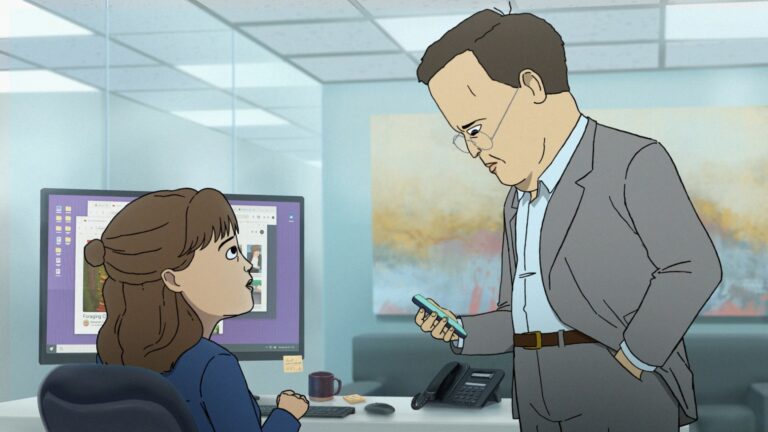Let’s be real: if you’re watching “Common Side Effects” and you’re still skipping the opening credits, you’re missing technicolor gold. Forget the “Skip Intro” button; this is where the weird magic happens! We’re not just talking swirling ink and funky fonts, either. From day one, the show’s creators went wild, packing every millisecond of that psychedelic title sequence with blink-and-you-miss-it genius (and a truckload of inside jokes). Whether you’re a first-timer or a frame-by-frame obsessive, buckle up. We’re breaking down every detail hidden in CSE’s trippy intro. Don’t worry, we checked all the receipts and scrolled through endless fan threads, so every tidbit tracks.
Doodle Delirium: Title Cards with a Secret Agenda
There’s nothing basic about these title cards — they’re the “Where’s Waldo?” of pharmaceuticals. Each episode starts with a fresh, hand-drawn doodle splashed behind the main title. Sure, the squiggles look random, but they actually drop major hints. Like, remember Episode 3? That anxious tortoise with the bright blue mushroom on its shell? Total tip-off to Marshall’s pet, Mr. Socrates, and the infamous Blue Angel mushroom, long before the plot even touches it. Another one: Episode 4 smears a stylized pill next to a spilled mug, which ends up foreshadowing a caffeine-fueled meltdown later. The show’s subreddit explodes with theories every week — fans circle doodles, connect dots, and sometimes even squabble over their meaning. It’s almost become a scavenger hunt no one wants to end.
- Fans identified:
– A lab rat silhouette in Episode 5 (hinting at Frances’s research troubles)
– Scribbled test tubes and swirling vapors that often tee up the week’s scientific mayhem
– Episode 7’s lopsided umbrella which matches the scene where Frances finally confronts the weather (and her boss)
So next time, pause and peek. There’s always something waiting behind those childlike doodles.
Floating Spores: A Spore-tacular Metaphor
Who knew fungi could be so fashionable? Floating spore clouds drift through every intro frame. But here’s the kicker: their numbers actually change week by week. In Episode 1, you get a sprinkling — just a teaser. Fast-forward to Episode 5, and you’re basically swimming through the stuff. Yes, it’s subtle, but these spores are the perfect mirror for how the Blue Angel mushroom’s drama creeps over the story. As the stakes get higher, the spores thicken, closing in on the screen, and leaving you to wonder — uh, how deep are we about to go here? It’s a clever move that builds tension one fuzzy particle at a time.
Glass Vials: Colors With a Side of Drama
Let’s not gloss over those trippy vials popping up everywhere. Whether they’re stacked on a shelf or tumbling in zero-gravity, they always morph colors. Early episodes show simple yellow and blue hues, looking almost innocent. By Episode 6, murky, almost swampy greens and browns fill the tubes — cue audience side-eye. Want even juicier details? Occasionally, a tiny label flashes: “prototype.” It’s no accident. That’s the show tipping its hand about new drugs, secret projects, and moral gray zones lurking offscreen. These little shifts keep the science squad in the audience buzzing, trying to connect each color to the brewing storm.
And because this show never lets up, eagle-eyed fans even matched a quick vial shot in Episode 8 to a later plot reveal about dosage formulas. Nice job, production team!
Shadow Play: Character Silhouettes Shift in the Night
You may think you know Frances, Marshall, or Somesh. But look again. Their silhouettes adapt every episode, sometimes so slyly you’ll miss it. Marshall’s shadow? It slouches deeper as his predicaments pile up, turning almost defensive by Episode 6. Frances finally gets her signature briefcase by Episode 7 — yeah, the same one she uses in that hospital scene. Even Somesh can’t escape, as his outline gains a pair of headphones in Episode 5, before his big data-mining moment. And when you see their shapes interacting with those swirling spores or background doodles, you know it’s high concept, not just artistic flair. The show loves giving narrative treats to attentive watchers!
Palette Swaps: Follow the Mood, Follow the Clues
If you binge-watched the first few episodes in one sitting (hey, no judgment here), maybe you didn’t notice how the coloring changes. Rewind and watch again. You’ll see it. The color palette starts bubbly and bright, like a pharmacy ad from the ’60s. As the show turns darker — hello, Episode 6 — the intro follows along. Blues get icy, reds and purples cloud the corners, and shadows gobble up the soft edges. Every palette swap is no random accident. It’s a visual mood-ring telling you, “Brace yourself, things are about to get twisty.” Honestly, can all TV intros be this honest about your feelings?
Hidden in Plain Sight: The Quick-Flash Easter Eggs
Now, for the real secret sauce. Each opening sequence throws in micro-glimpses of everyday props. There’s a battered syringe in Episode 8. Post-it notes race by in Episode 5’s background — the same ones you’ll later spot all over Frances’s desk, loaded with scribbles about experiments. Fans on Twitter argue whether the hastily scrawled “17.54” on the Post-its is foreshadowing or just a crew prank. Meanwhile, Episode 6 slips in a coffee mug with “World’s Okayest Epidemiologist” on the side, which Marshall picks up during a pivotal morning meltdown. These Easter eggs usually last less than a second. So, you’re either frame-advance squad or you’re just gonna have to trust the online sleuths.
Musical Twists Every Week
Visuals are just half the party. Composer Nicolas Snyder scores each intro with music that literally tracks the story’s descent. Episode 1 opens with airy flutes and mischievous synths — feels light, breezy, full of hope. Jump to Episode 9, and those sounds twist low and dreamy, almost clinical. The song slows, picking up tension, making your heart do weird skips. The change matches perfectly with the show getting darker and riskier. The music and images — always in sync, always hinting at what’s brewing for our troubled scientists.
Magic Behind the Madness: The Creative Crew’s Genius
No way could all this come together by accident. Director Vincent Tsui leads the charge, blending high-concept with heart. Known for directing three episodes and being obsessed with detail, he teamed up with Green Street Pictures to craft a title sequence that’s both groovy and nerve-wracking. Every swirl, every color splash, every smudge of ink means something. Add in Nicolas Snyder’s eclectic soundtrack, and you get a credits sequence that’s as layered as the plot itself. Motionographer recently spotlighted Tsui’s creative process, praising how he uses bold psychedelic cues to echo the constant tension between natural wonder and corporate mischief. The show’s own site even did a deep dive on these “micro-mutations” in the intro, confirming loads of our fan theories.
Why You Should Stick Around Every Single Episode
Miss the opening sequence, and you miss half the fun (and frankly, half the plot). Why let Netflix’s “Skip” tempt you when each second is a brainteaser? Some tips for catching all the magic next time you watch:
- Pause each week’s title card and try matching the doodles to upcoming story beats.
- Count the drifting spores and see how they fill up, episode by episode.
- Note any color changes in those mysterious vials — or better, track down their color codes and share with fellow fans.
- Watch for the exact moment Frances’s briefcase appears in silhouette. (Yes, it’s the episode before the “missing syringe” fiasco.)
- Listen close as those flutes get more sinister near the end.
And if you catch anything new, don’t keep it to yourself. Post it! The show’s fans eat this stuff up, and who knows — maybe your wild-eyed theory will land you Reddit gold.
Still Scratching Your Head? You’re Not Alone.
At the end of the day, “Common Side Effects” has mastered the art of making even the credits appointment viewing. If you find yourself rewinding, cataloging doodles, or making conspiracy charts about those spores, welcome to the club. This isn’t just set dressing — it’s secret messaging, all coded to amp up your viewing obsession. Don’t just watch the credits. Decode, discuss, obsess, and share. Let’s face it: the only side effect here is never watching TV the same way again.




